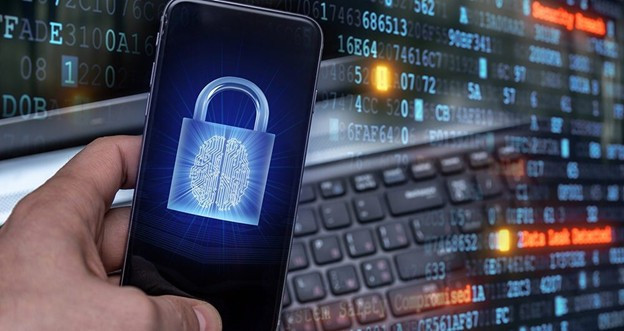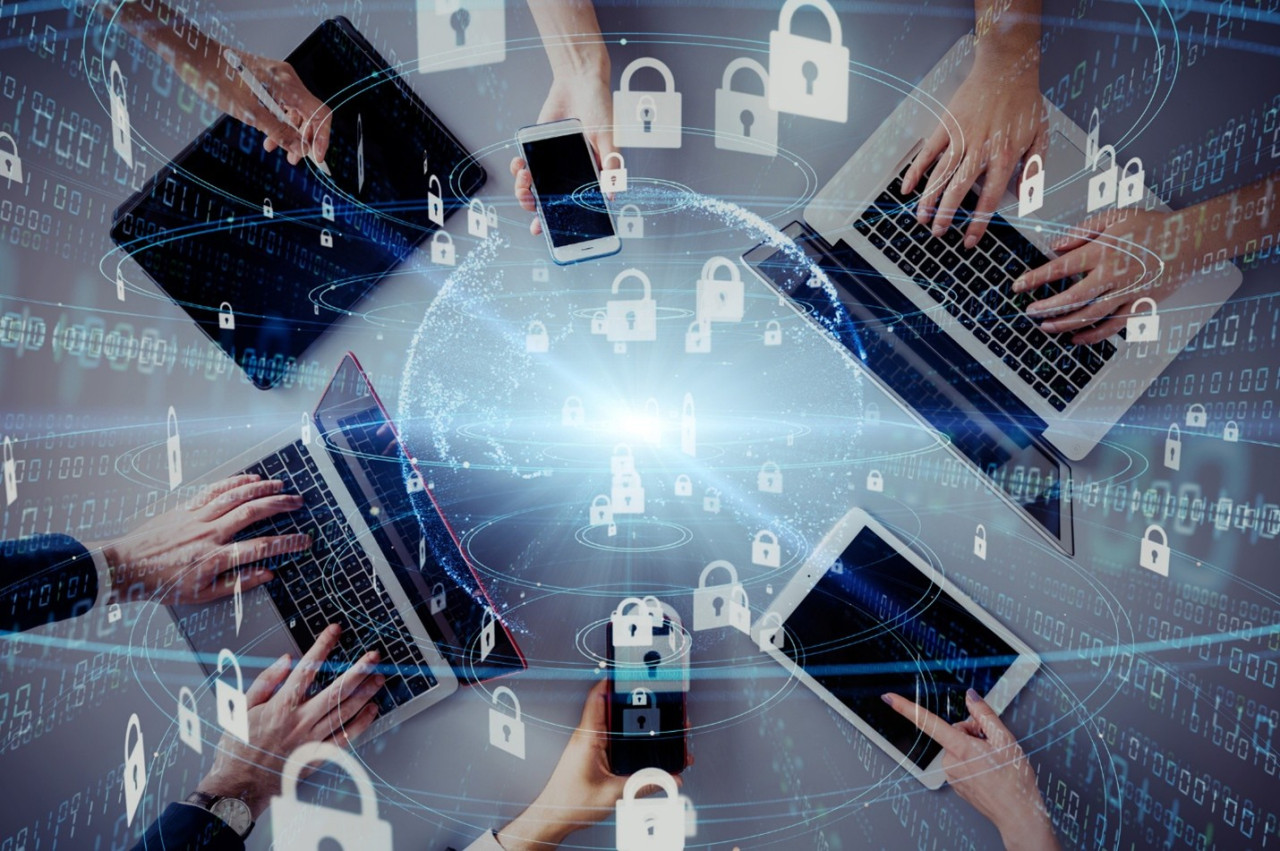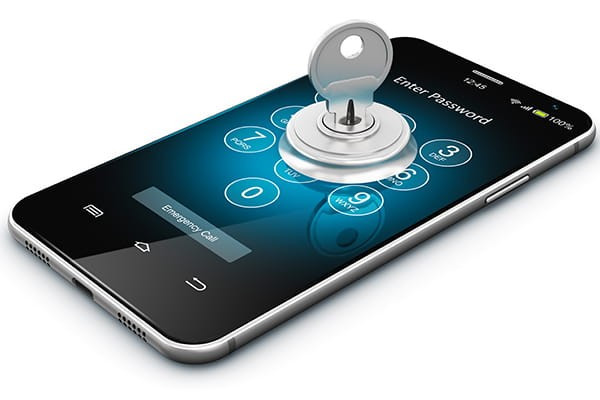InTegriLogic Blog
Bring Your Own Device (BYOD) programs are increasingly common, allowing employees to use their personal smartphones, tablets, and laptops for work. While BYOD can improve flexibility and productivity, it also introduces security risks. How can businesses balance employee convenience with the need to protect company data? Mobile Device Management (MDM) is the solution.
In many industries, compliance isn’t just good practice, it’s a legal requirement. From healthcare and finance to education and government, organizations must follow strict rules about how sensitive information is stored, accessed, and shared. But with employees using mobile devices to work from virtually anywhere, maintaining compliance has become more complex than ever.
Keeping track of company laptops, tablets, and smartphones can quickly turn into a logistical nightmare. Between new hires, departing employees, and devices in the field, maintaining visibility and control over every endpoint is no small task. Without the right tools, even small IT issues can snowball into major productivity or security problems.
That’s where Mobile Device Management (MDM) comes in, turning chaos into control through centralized, automated oversight of all your business devices.
What Is Mobile Device Management (MDM)?
Mobile Device Management is a solution that allows businesses to remotely monitor, configure, and secure mobile devices across their organization. Whether your team works on-site, hybrid, or fully remote, MDM gives your IT Support team, or your Managed Service Provider (MSP), the ability to manage every device from one central dashboard.
Instead of spending hours setting up devices or chasing updates, your IT team can apply consistent security policies, deploy applications, and resolve issues with just a few clicks.
Every business has experienced it, that sinking feeling when a phone or laptop goes missing. Whether it’s left in a taxi, misplaced at a client site, or stolen, a lost device can quickly become more than an inconvenience. For businesses, it’s a serious security risk. With access to company emails, documents, and apps, that single lost phone could expose sensitive data and put your organization at risk.
This is where Mobile Device Management (MDM) steps in to protect your business before disaster strikes.
News & Updates
Contact Us
Learn more about what InTegriLogic can do for your business.
InTegriLogic
1931 W Grant Road Suite 310
Tucson, Arizona 85745





